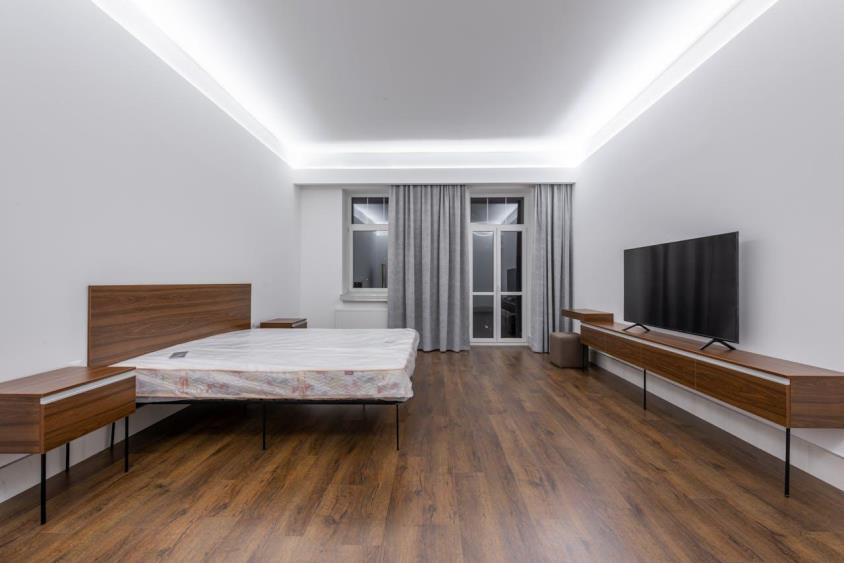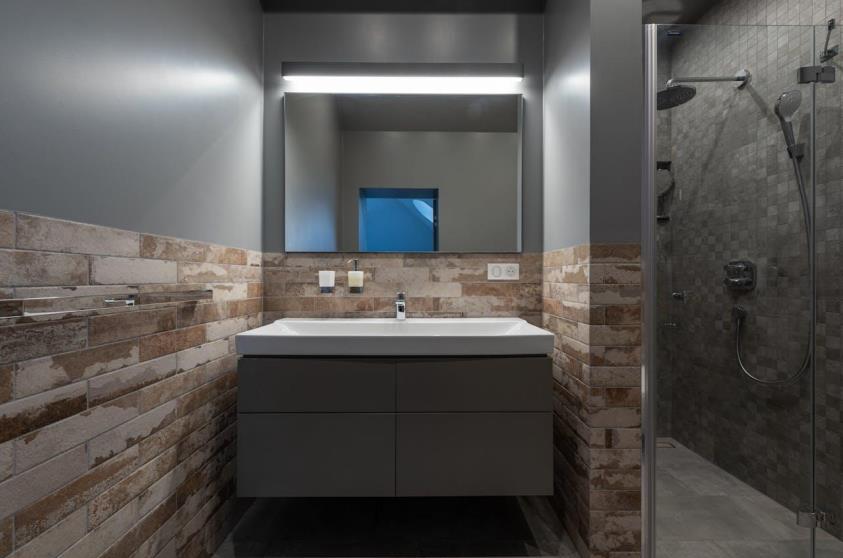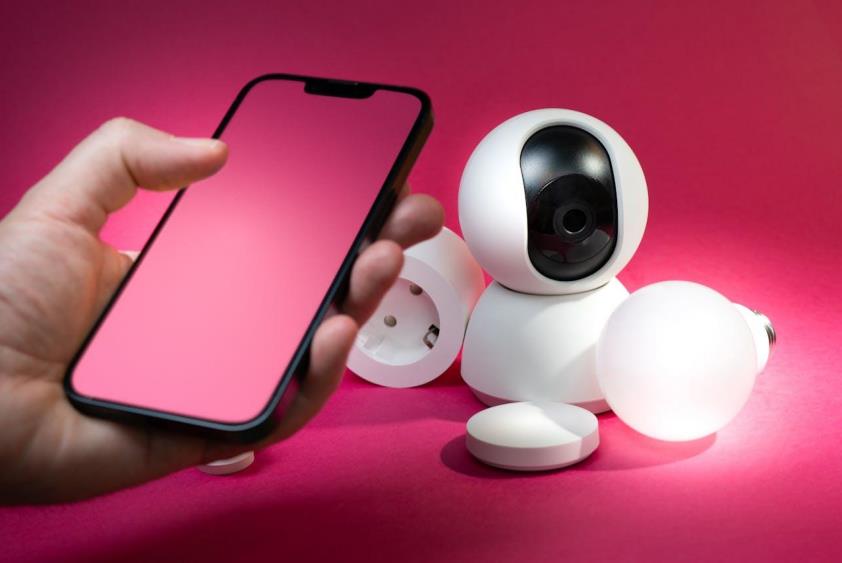
Small rooms don’t have to feel boxed in. With the right approach, even the tiniest space can feel open and inviting. One of the easiest ways to make a room appear larger is through lighting. And not just any lighting—clever LED lighting tricks can completely change how a space feels. They don’t cost much, are energy efficient, and you don’t need to be a designer to use them. In this article, you’ll learn simple ways to use LEDs that make your room feel brighter, taller, and more spacious.
When you're moving to a smaller home, it’s important to think about how to make the most of your space, and lighting plays a huge role in that. A well-lit room can feel much larger than it actually is. In cities like Vancouver, where small apartments are common, clever lighting solutions can help you create a sense of openness without the need for more square footage. Focus on layering your lighting, using smart LEDs, and highlighting key features of the room. These small changes can make your new, cozier space feel welcoming and spacious, even when you’re adjusting to less room.
Not all LED lights feel the same. Some give off a cold, harsh tone that can make small spaces feel even tighter. One of the most clever LED lighting tricks is switching to warm white bulbs. Warm tones (between 2700K and 3000K) create a soft, cozy glow that feels more inviting. They help walls blend smoothly into the background, making the space seem wider. Use warm white LEDs in living areas, bedrooms, and anywhere you want a calm, open feel. For extra control, try dimmable bulbs so you can adjust the mood anytime.
Using just one overhead light can make a small room feel flat and dim. It casts hard shadows and leaves corners dark. Instead, layer your lighting to spread brightness more evenly. Combine a ceiling light with floor lamps, table lamps, or wall lights. Add LED strips under cabinets or behind furniture to light up forgotten spots. This layering softens the room and makes it feel more spacious. Aim for a balance—no area should feel too bright or too dark. Mixing different sources adds depth without clutter.
Mirrors already make rooms feel bigger by reflecting space. Pair them with the right lighting, and the effect doubles. Place LED lights near or around mirrors to bounce light across the room. This removes shadows and brightens dark corners. Try soft wall sconces, LED strips behind the mirror, or small lamps nearby. The goal is to spread light without causing glare. This trick works especially well in bedrooms, hallways, or tight living areas. It’s a quick fix that adds both depth and brightness.

Low ceilings can make a room feel cramped. To fight that, use vertical lighting to draw the eye upward. Wall sconces or slim LED bars that shine light toward the ceiling help stretch the space visually. This adds height without changing anything structurally. Place them on walls or behind tall furniture for the best effect. Avoid bulky fixtures—keep it simple and clean. Even one or two vertical lights can change how your ceiling feels. It’s a smart way to open up tight rooms without using more floor space.
Hidden LED strips give small rooms a modern, open look without adding clutter. Tuck them under shelves, along ceiling edges, or inside furniture pieces. This indirect light creates a soft glow that spreads evenly. It helps highlight shapes and textures without overwhelming the space. Try placing strips behind a headboard, under kitchen cabinets, or at the base of a sofa. The light lifts these features and adds depth. Stick to warm or neutral tones to keep the room feeling relaxed and cozy. It’s a simple trick with a big visual impact.

Mixing different light tones in one room can make it feel disjointed. Your eyes notice the shift, and the space feels smaller. Stick to one color temperature—either warm white or neutral white—for a smoother, more open feel. Check the Kelvin rating on your LED bulbs to match them. Warm white ranges from 2700K to 3000K, while neutral white sits around 3500K to 4000K. Keeping it consistent helps the room look cleaner and more spacious. Avoid using daylight LEDs with warm bulbs, as the contrast can break the flow.
A small room can feel larger when you guide the eye to something interesting. Use light to highlight key features instead of the room’s size. Aim LED spotlights at a piece of art, a plant, or a favorite shelf. This adds depth and draws attention where you want it. Directional bulbs or small fixtures work well for this. You don’t need many—just one or two carefully placed lights can shift the focus. It’s a smart way to bring style and distraction into tight spaces.
Smart LED lights are a game changer for small rooms. They let you adjust brightness, color, and timing without touching a switch. Many connect to your phone or smart speaker, so there’s no need for extra cords or bulky controls. Some models let you save settings for different times of day. You can go brighter in the morning and softer at night. This flexibility helps you manage space and mood without adding clutter. Wireless lighting also makes it easier to experiment with placement and layering.

You don’t need a bigger room to feel more space—just smarter lighting. By using clever LED lighting tricks, you can create the illusion of height, depth, and openness. From warm white tones to hidden LED strips, small adjustments can make a huge difference. Layer your lights, focus on key features, and embrace wireless options for easy control. With a little creativity, your small room can feel bright, airy, and inviting without major renovations.